Indonesia
Travel Guide
Indonesia Overview
With over 17,000 islands and over 700 languages spoken within its borders, Indonesia offers a rich cultural heritage and a vast natural diversity that makes it both unique and fascinating. Its ancient temples, its lush rice fields, its pristine beaches, its traditional architecture, its majestic volcanoes and its excellent gastronomy make Indonesia one of the most complete and enchanting travel destinations in the world.
Want to visit Indonesia? Check out our private trips in Indonesia.
Indonesia Destinations
Bali
Bali is by far Indonesia's most visited travel destination, and for a good reason: it offers a huge variety of experiences that will satisfy all types of traveller. Canggu and Seminyak are popular among surfers and digital nomads and are full of excellent brunch cafés and beach clubs. Ubud is the cultural capital of Bali, with beautiful Hindu temples, ancient palaces and gorgeous rice fields. Uluwatu is home to impressive cliffs and beaches, Nusa Dua offers adrenaline-pumping watersports and in Bedugul you can delight yourself with its iconic temple located on a mountain lake. These are just a few examples of the many amazing places that are waiting for you in Bali.
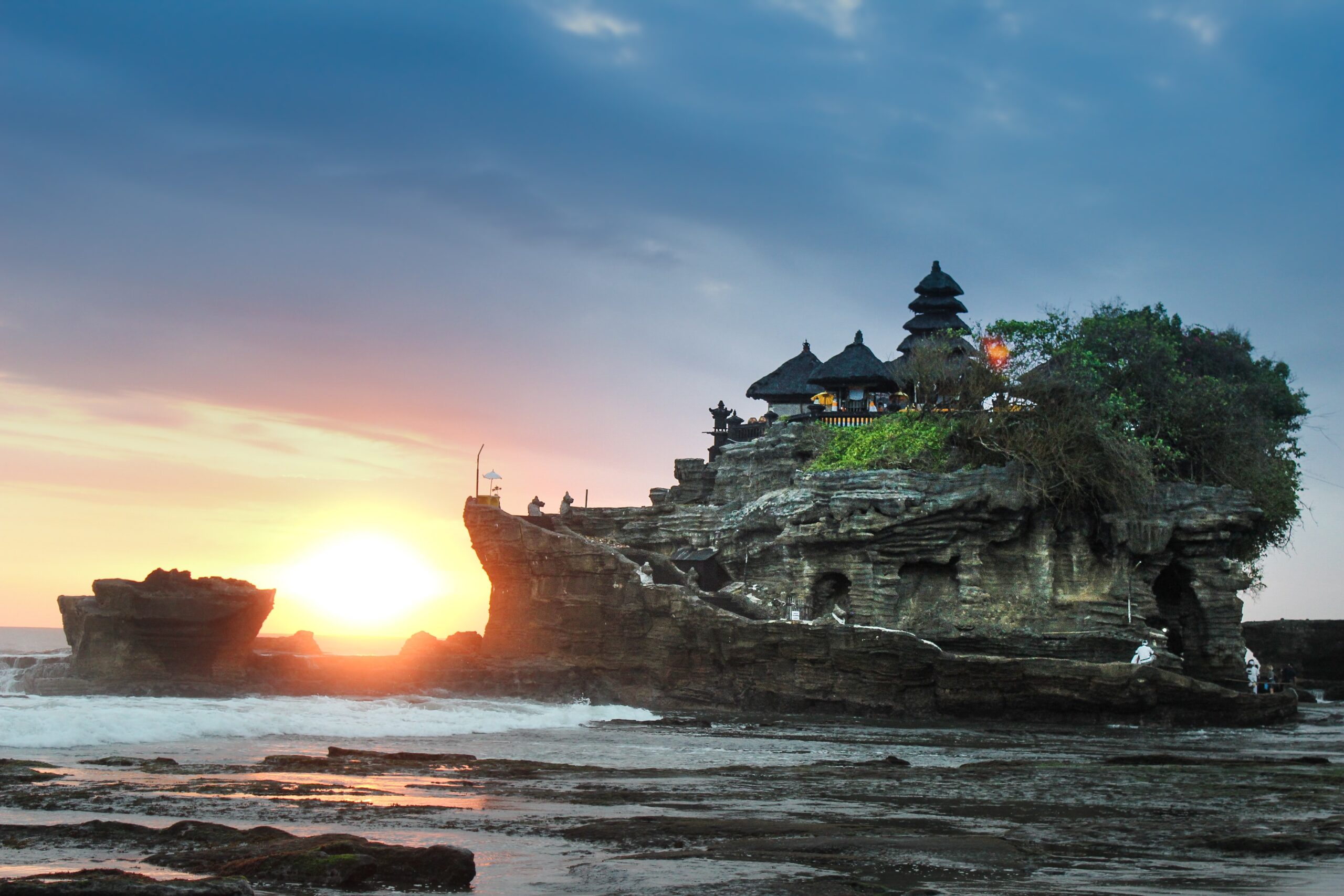

Yogyakarta & Central Java
The most populous island in the world, Java, is home to a rich cultural heritage and awe-inspiring natural wonders. Yogyakarta city is the center of the Javanese culture and is located near the ancient Buddhist temple of Borobudur (the largest one in the world) and the equally ancient Hindu temple of Prambanan, both of them built in the 9th century. Malioboro street is the backbone of the city and its main commercial area, as it is lined up with stores selling batik clothes, art shops, several shopping malls and the Beringharjo Market. Other places that must not be missed while in Yogyakarta include the Kraton (or Sultan's Palace), Taman Sari (or Water Castle) and the Sonobudoyo Museum, where you can watch the traditional wayang kulit puppet shadow theater with live gamelan music.
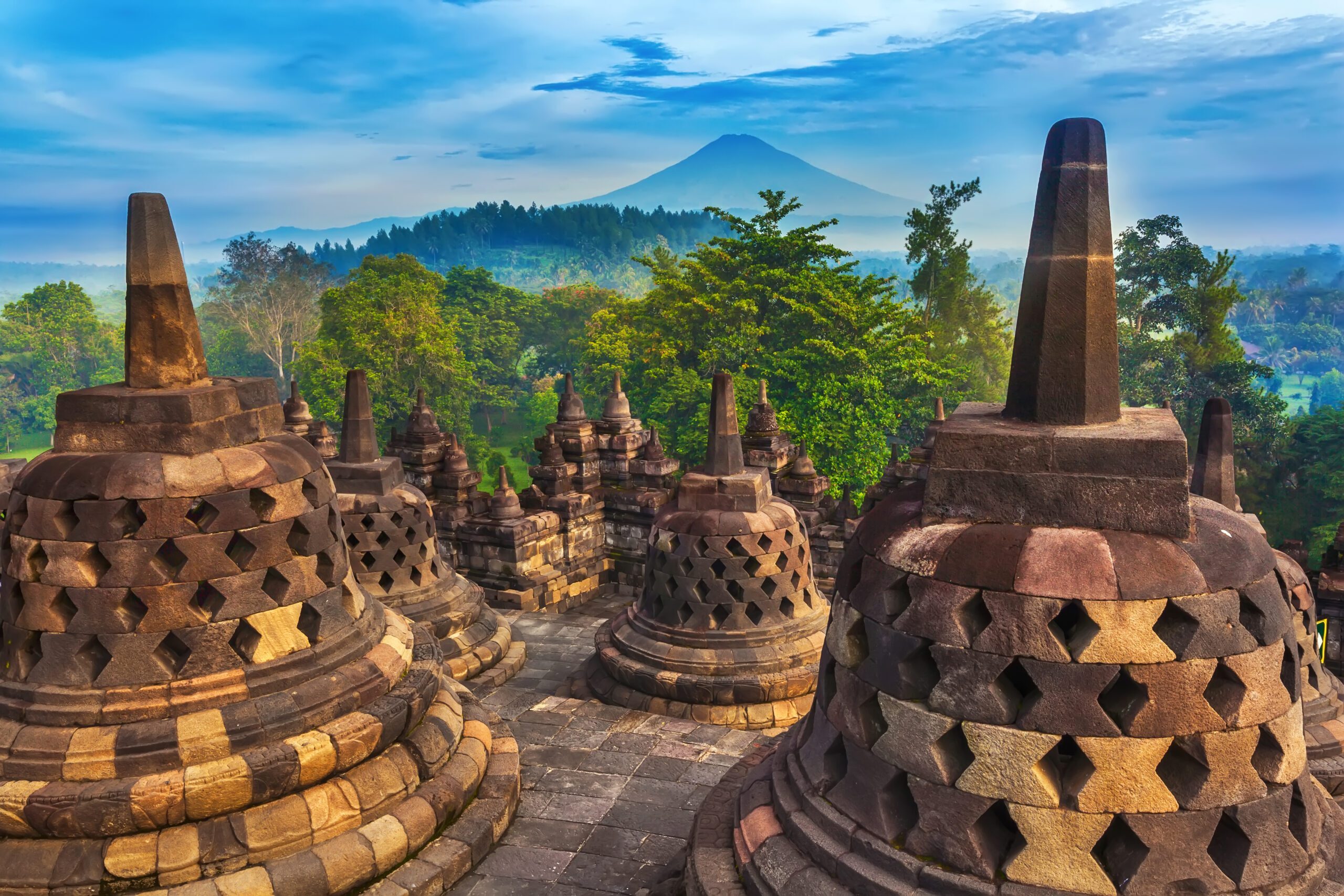

East Java
Further east in the island of Java, the city of Malang offers a cooler weather and a different perspective of Indonesia, with its picturesque Rainbow Village and Blue Village, great examples of positive transformation and progress of formerly poverty-stricken areas. Near Malang also lies Mount Bromo, one of Indonesia's most active volcanoes, which delights visitors with arguably the most magical and jaw-dropping landscapes at sunrise. Finally, East Java also boasts another impressive volcano, Mount Ijen, famous for its crater's uniquely blue fire.


Labuan Bajo & Komodo
Labuan Bajo, located in the island of Flores, is the gateway to the Komodo National Park, one of Indonesia's most popular destinations that includes Komodo Island, Rinca Island and Padar Island and is home to the enormous Komodo dragons, as well as some stunning landscapes. Labuan Bajo is also a good base to explore nearby destinations such as the remote Wae Rebo, a traditional village of the Manggarai people, or the Rangko Cave.
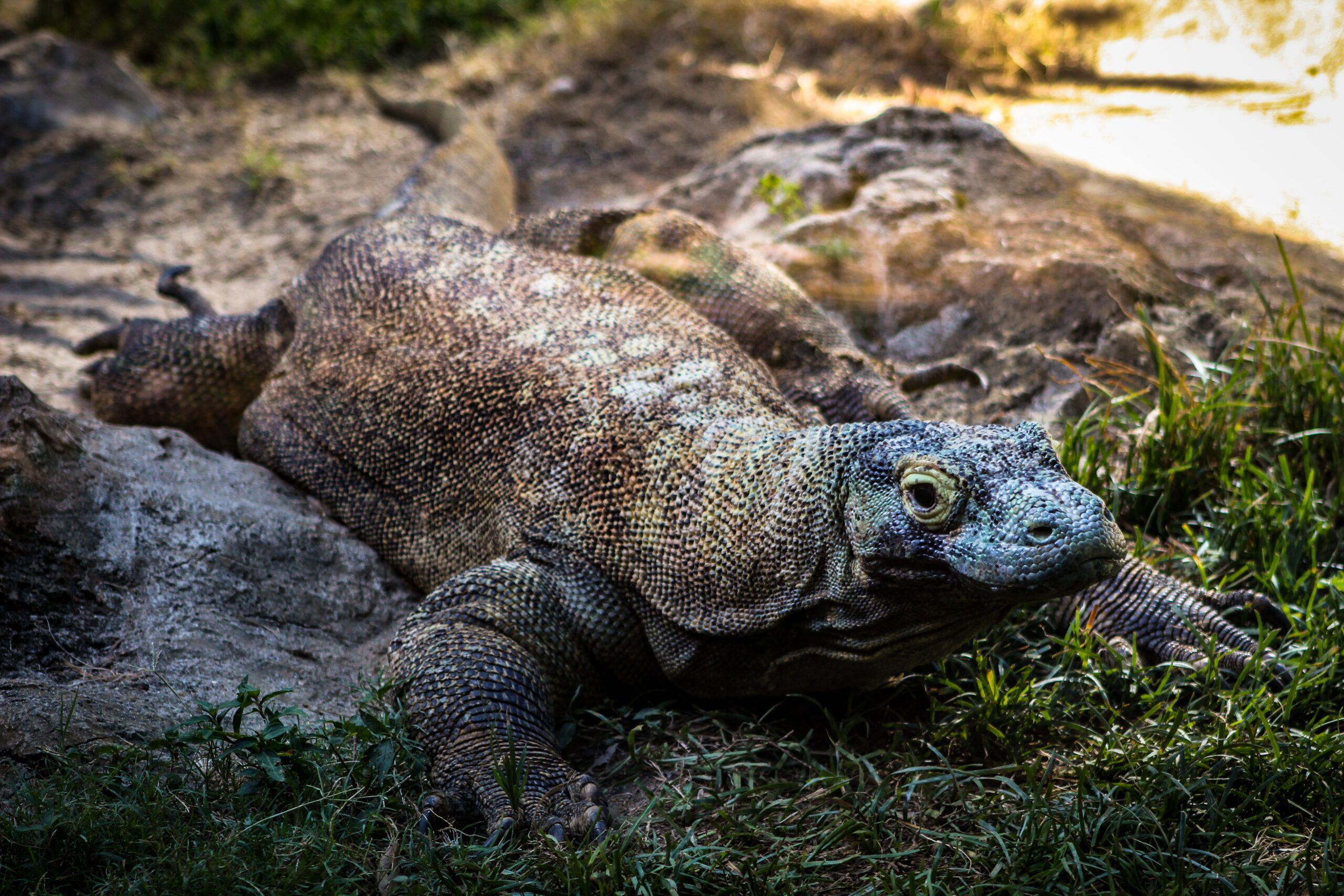

Nusa Penida
The island of Nusa Penida is easily accessible from Sanur harbour in Bali on a 30-minute ferry and it has recently become a highly popular destination among tourists looking for the perfect Instagram photo. While places such as Kelingking Beach, Angel Billabong, Broken Beach, Crystal Bay, Manta Bay and Diamond Beach make incredibly beautiful photo backdrops, the long queues, the heavy traffic, the insufficient safety measures and the poor road conditions can negatively affect the overall experience.
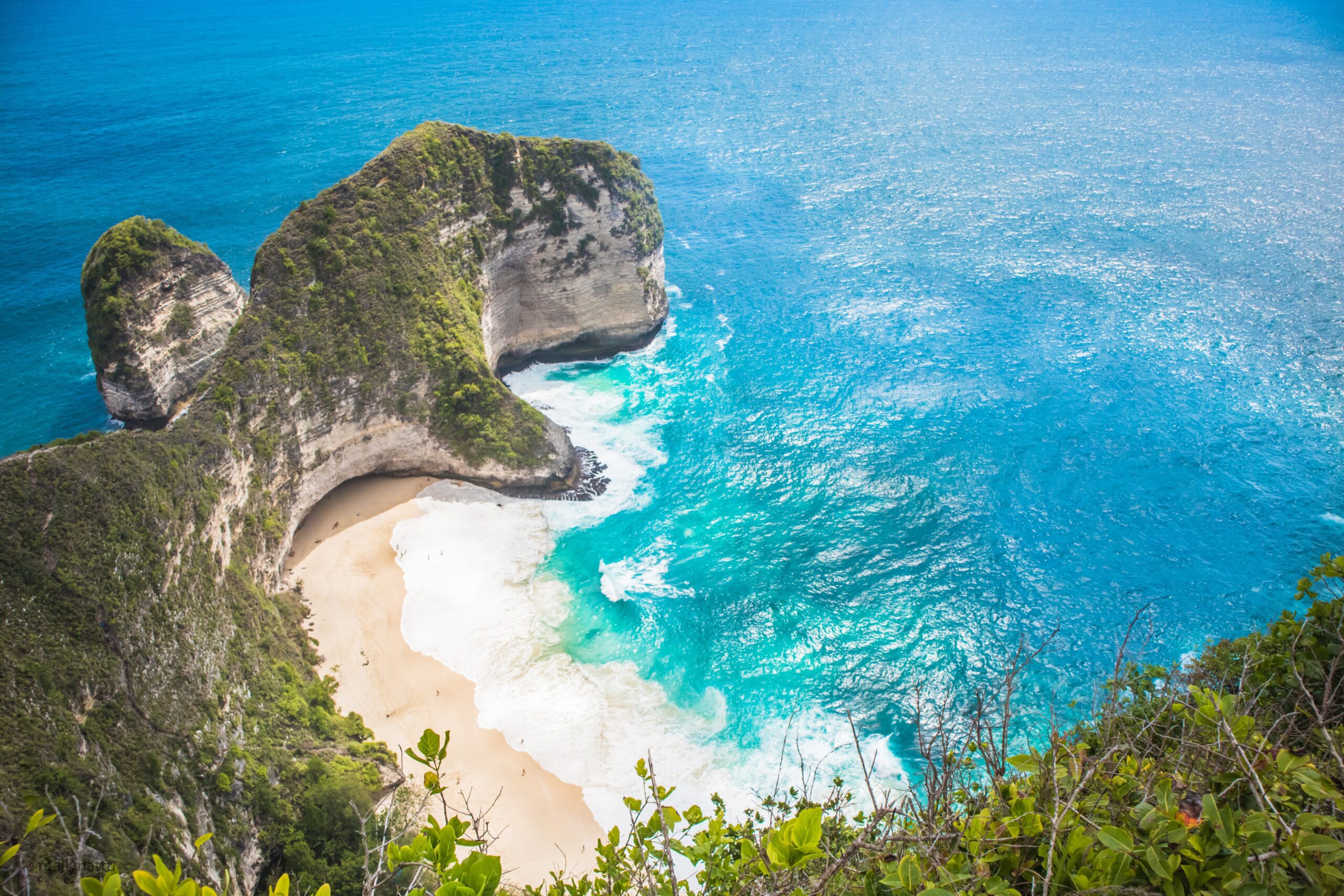

Nusa Lembongan & Ceningan
Nusa Lembongan and its little sister, Nusa Ceningan, are a much quieter alternative to Nusa Penida with equally attractive sights and turquoise waters. Some of the places that cannot be missed while exploring these islands are the Blue Lagoon, the Yellow Bridge (which connects both islands), Jungutbatu Beach and, especially, the Devil's Tears, where the ocean waves crash against the rocky cliffs creating some of the most photogenic water splashes you will ever see.
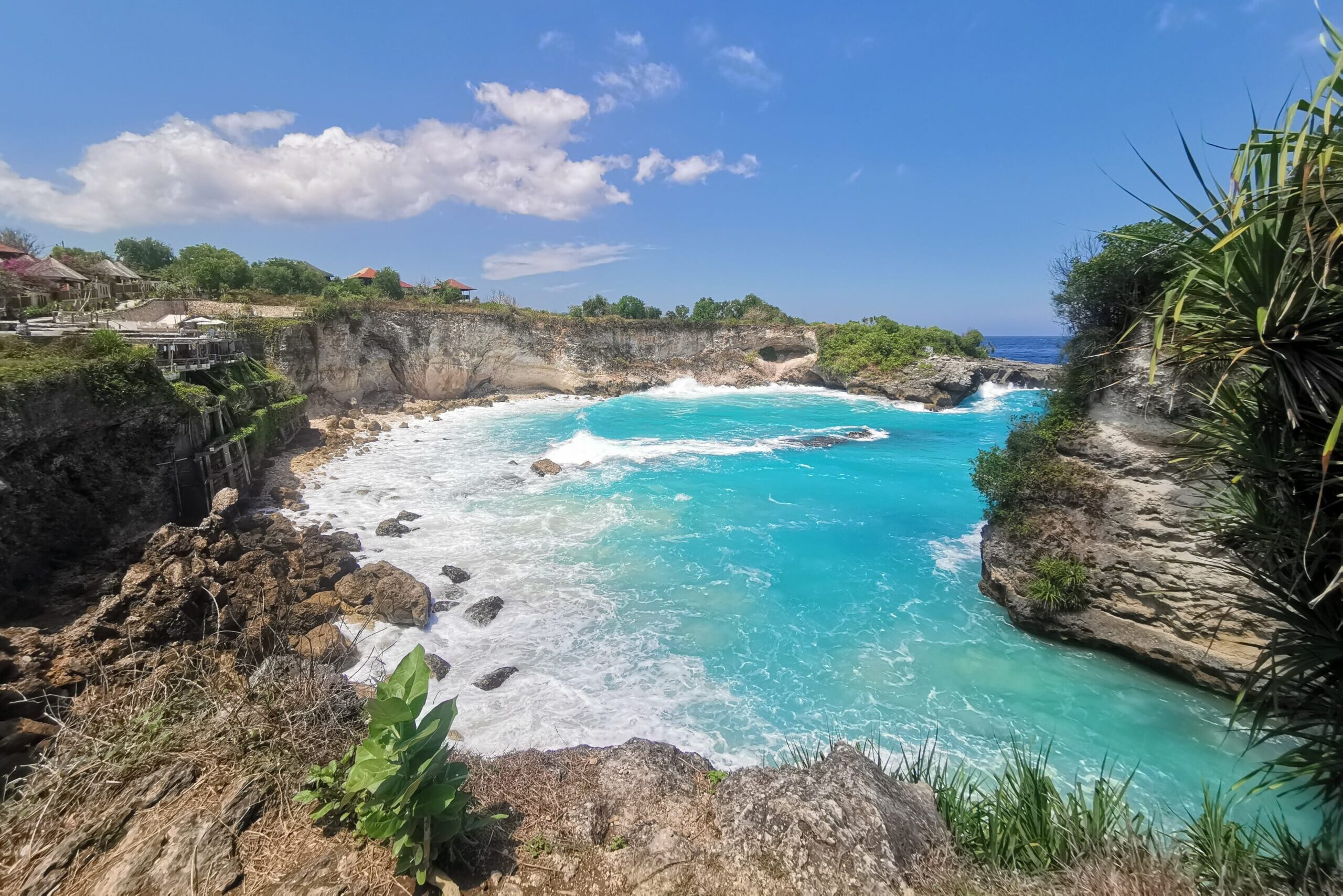

Lombok & Gili Islands
For mountain lovers, Lombok has one of the most breathtaking volcanoes in the Indonesian achipelago, Mount Rinjani, which is considered sacred by the local Sasak people. As the second tallest mountain in Indonesia, it is not an easy hike, but the views of its volcanic lake from the top are definitely rewarding. Just off Lombok's north-western coast lie the three Gili Islands: Gili Trawangan, Gili Meno and Gili Air. These tiny islands are easily reachable both from mainland Lombok and from Bali and are perfect for snorkeling, scuba diving, horse riding, cycling or simply relaxing on the beach.
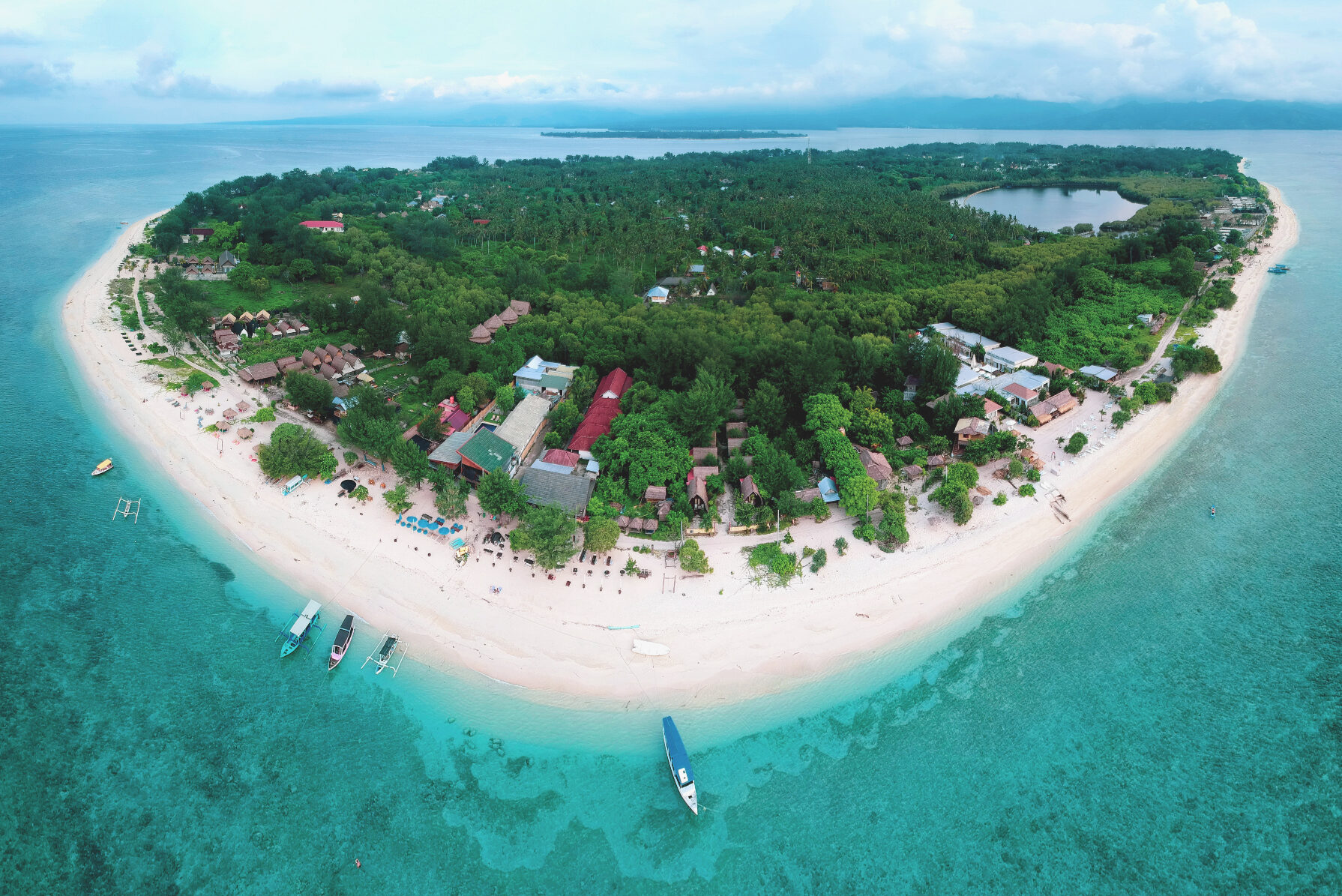

Sumatra
The island of Sumatra is home to the Gunung Leuser National Park, one of the tropical rainforests with the greatest biodiversity in South-East Asia and one of the only two remaining wild habitats o the Sumatran orangutan. An orangutan rehabilitation reserve can be visited at Bukit Lawang, located 90 km from Medan, the capital of North Sumatra. Further south there is Lake Toba, the largest volcanic lake in the world, and in the middle of the lake lies the picturesque Samosir Island, the centre of the Batak culture where travellers can contemplate the Toba Batak traditional houses.


Borneo
Sparsely populated and largely undeveloped despite being the third largest island in the world and the largest one in Asia, Borneo is synonymous with wildlife and jungle, with a rainforest that is said to be around 140 million years old. It is home to the endangered Bornean orangutan, the Borneo elephant, the eastern Sumatran rhinocero and the Bornean clouded leopard, among many other species. Arguably the best place to meet Borneo's fauna is the Tanjung Puting National Park, famous for its orangutan conservation.
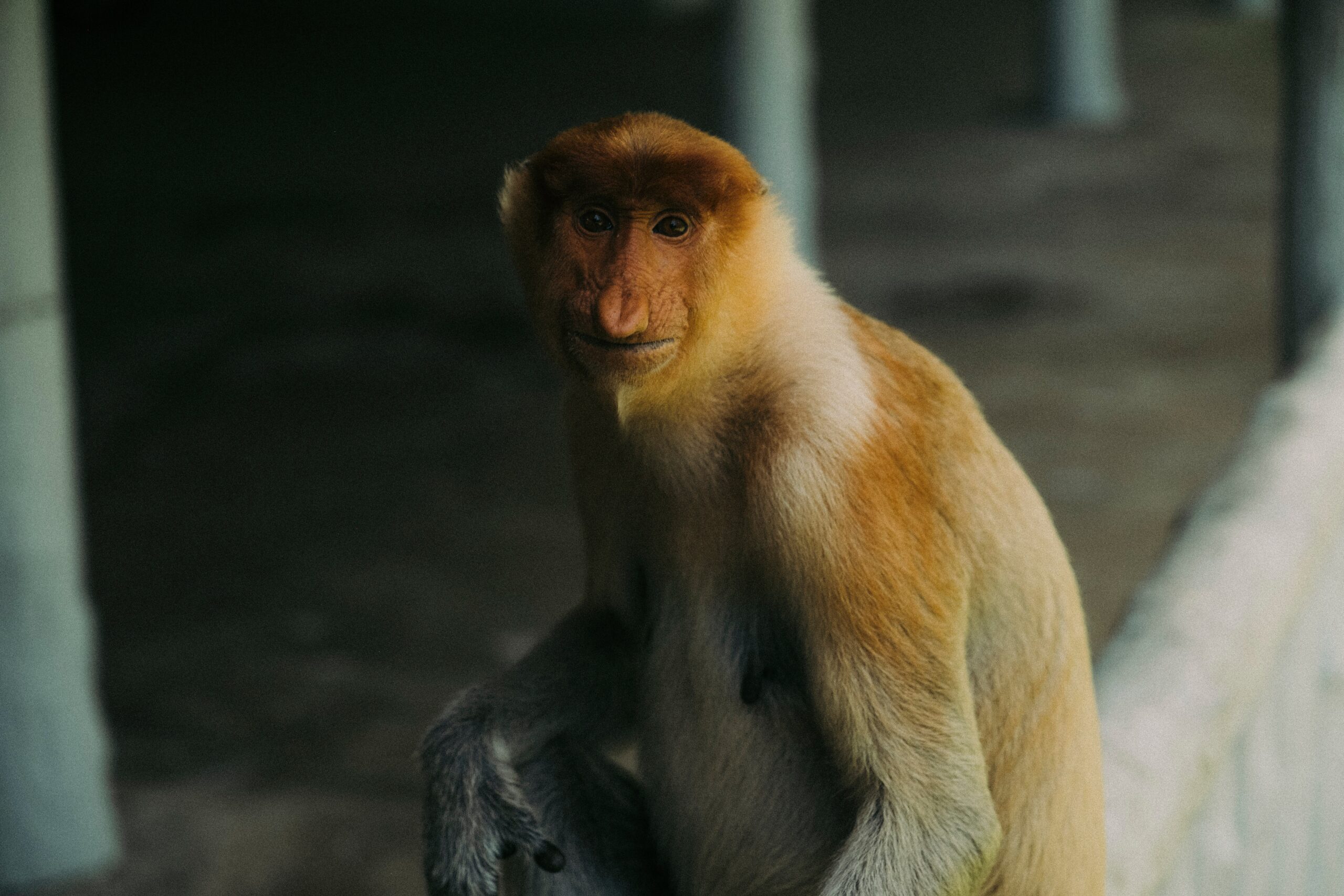

Sulawesi
Formerly known as Celebes, Sulawesi still remains largely unknown and off-the-beaten-path. The central highlands of this K-shaped island are home to the Tana Toraja region and the Torajan people, famous for their unique (and shocking) funerary rites, in which the bodies of their deceased relatives are kept unburied and taken care of long after their passing. Besides its unusual cultural practices, Sulawesi is also known for the idyllic Togian Islands, the Wakatobi Islands and several national parks.


Raja Ampat
A scuba diver's paradise, Raja Ampat boasts a truly exceptional marine biodiversity. Located next to the north-western tip of the island of New Guinea and typically accessed through Waisai, its vast diversity of corals and fish species make it a dream for underwater photographers. Hiking to the top of Piaynemo Island or the Wayag archipelago will reward travellers with surreally beautiful views of some of the many small islands that comprise Raja Ampat. Snorkeling, kayaking, fishing and, above all, disconnecting, are other ways in which this remote destination can be enjoyed.


Papua
With over a thousand languages spoken by only around 15 million people and a high percentage of the world's biodiversity, the island of New Guinea, the second largest island in the world, is one of the most ethnically diverse, biologically rich and remote places on earth. The Indonesian province of Papua occupies roughly the western half of the island of New Guinea, and its capital Jayapura serves as the main gateway to the more remote regions, such as the Baliem Valley. Wamena is the main starting point for most treks into the Lani, Dani and Yali tribal lands in the Baliem Valley. Papua is also home to the even more remote Korowai tribe, whose members live in incredibly high tree houses and have been reported to practise cannibalism up to the present day.
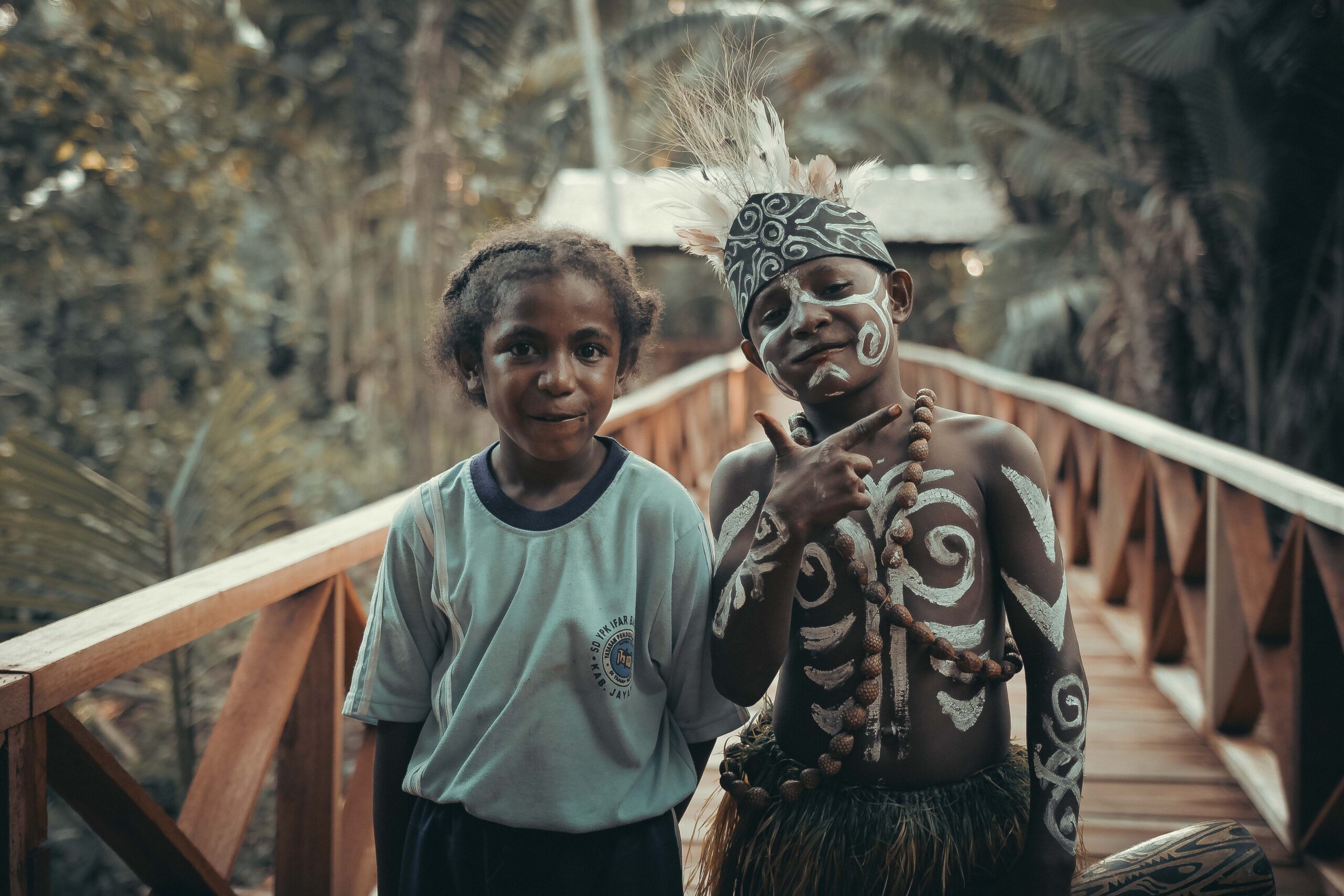

Sumba
Despite its small population of less than 800 thousand, Sumba has an extraordinarily rich culture and unique traditions. In villages such as Kampung Tarung, Ratenggaro, Bondokodi or Waikabubak, travellers can appreciate the distinctive Sumbanese architecture, with bamboo and wood houses characterized by their high central peaks in their large, grass-thatched roofs. Sumba also has excellent beaches, such as Watu Malandong, Mandorak, Marosi or Tarimbang. Other interesting sights include the Lapopu Waterfall, the Waikuri Lagoon or the national parks of Laiwangi Wanggameti and Manupeu Tanah Daru.
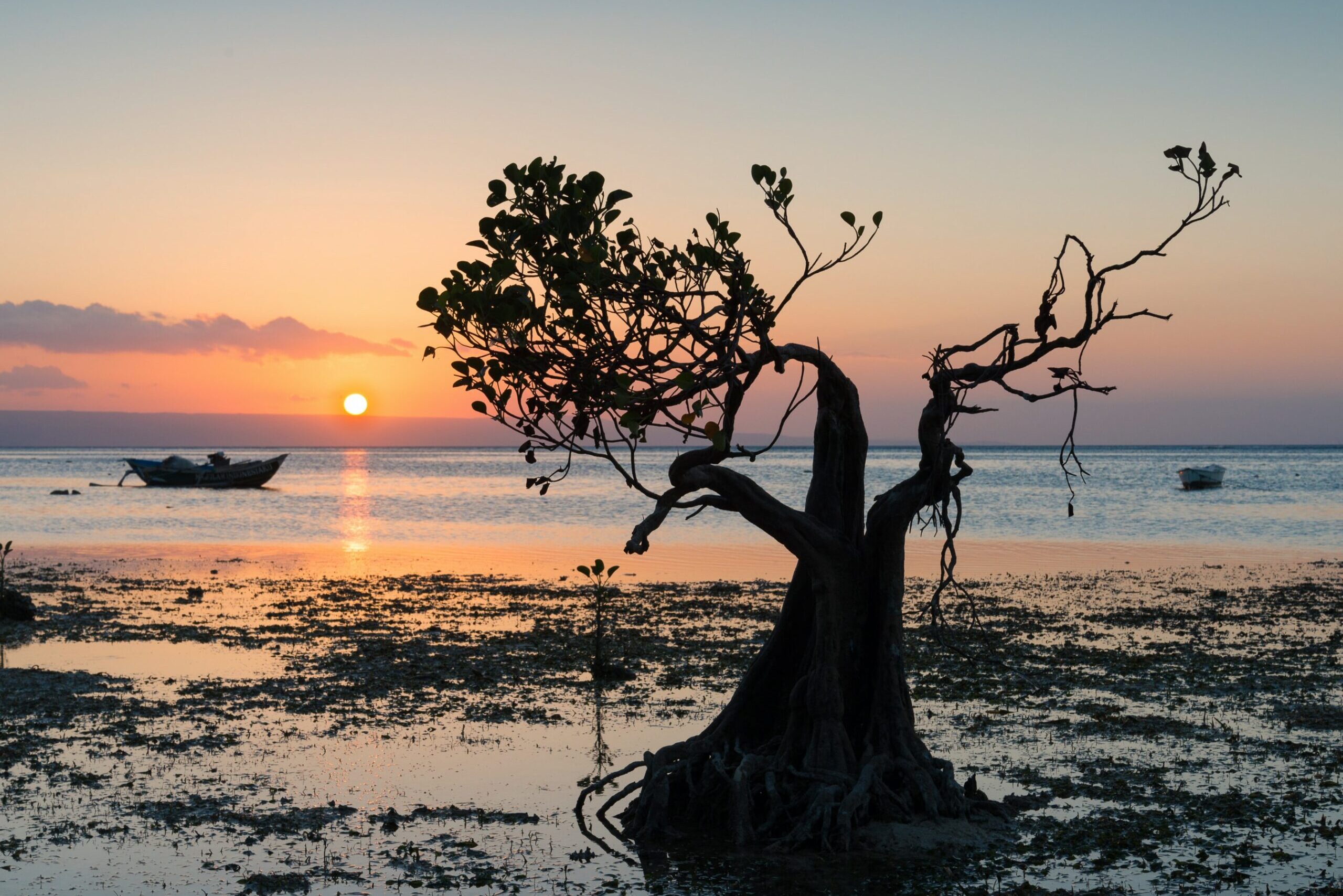

Useful Information about Indonesia
-
Capital City
Jakarta
-
Population
276 million (as of 2022)
-
Language
Indonesian and other regional languages including Javanese, Balinese, Sundanese, Batak, etc.
-
Religion
Islam (87%), Christianity (10%), Hinduism (2%, mostly in Bali), Buddhism (1%) and other.
-
Gastronomy
Some of the must-try Indonesian dishes include chicken sate (chicken skewers), nasi goreng (fried rice), mi goreng (fried noodles), soto ayam (chicken soup), beef rendang (coconut beef stew), nasi campur (mixed rice), nasi bakar (steamed rice wrapped in a banana leaf), tempeh mendoan (crispy fried fermented soybeans), bubur ayam (chicken rice porridge), bakso (meatballs soup), perkedel jagung (corn fritters) and gado-gado (vegetable salad).
-
Currency
Indonesian Rupiah (IDR)
-
Electricity
220V/50Hz, European plug (two round pins)
-
Climate
Tropical weather in most locations with an average temperature of 26ºC (79ºF), except in places of high altitude, where it can be cold (warm clothing will be needed when climbing Mt Bromo, Mt Ijen or Mt Rinjani). There are only two seasons: dry season and rainy season. However, it also rains during the dry season (it just rains less) and in the rainy season it does not rain all the time, so both seasons are good for visiting Indonesia. In most of the country, including Java and Bali, the dry season is from April until October, while the wet season lasts from November until March.
-
Required Travel Documents
(1) Passport with more than 6-months validity
(2) Return plane ticket
(3) Visa on Arrival to be processed at the arrival airport at a cost of Rp 500,000 for a valildity of 30 days (for most western passports)
How to book
-
1. Contact us
Fill in the contact form below this section and tell us about your preferences. You can also contact us via WhatsApp (+34 722 605 849), phone call (+34 93 609 62 26) or email at info@asiaforreal.com.
-
2. Receive your customized itinerary
We will get in touch with you and, after learning about your needs and preferences, we will curate an itinerary for you and will send you a proposal for your ideal trip.
-
3. Confirm the proposal
When we find the perfect trip for you, we will prepare the paperwork and you will make the payment according to the specified terms and we will send you the final reservation details.
-
4. Enjoy your trip
Enjoy your dream holiday in Asia. We will stay in touch with you via WhatsApp throughout your trip to make sure everything goes smoothly.

